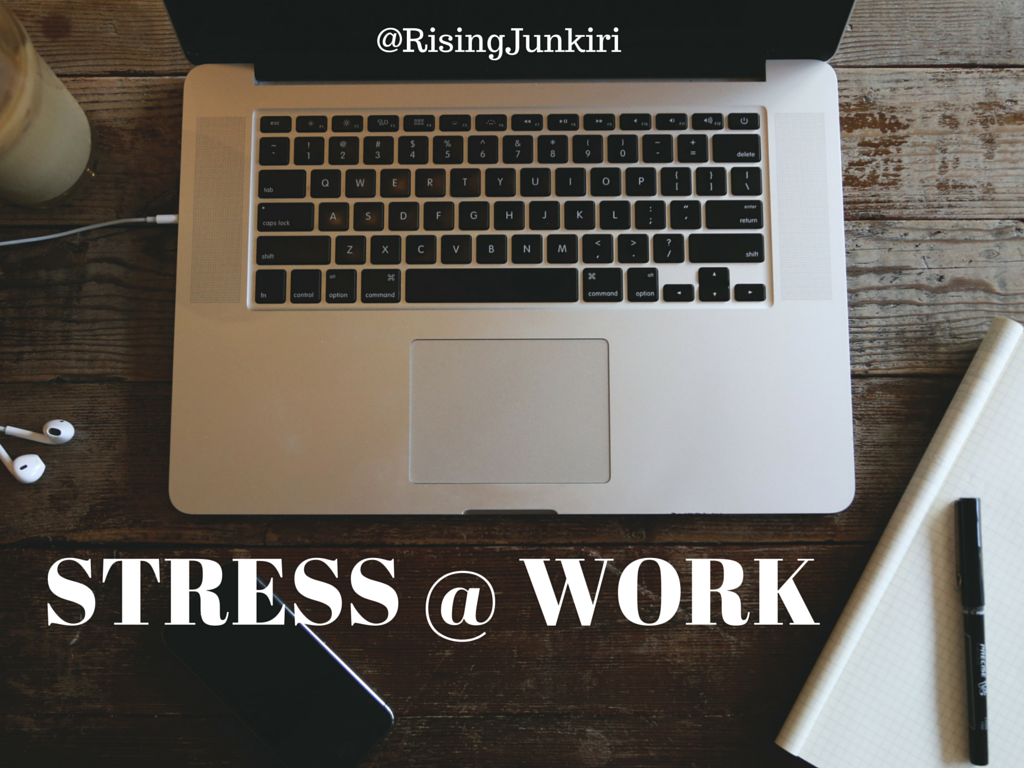One of the most common factors impacting productivity and development of an organization is the onset and lingering presence of stress. While managing your own stress is a battle on its own, standing in a position of leadership gives you the additional responsibility of establishing a safe environment for your employees to flourish and avoid burnout.
The workplace continues to become more dynamic and demanding where burnout and perpetual anxiety are very common. As a result, keeping employees engaged can pose as a manager’s greatest challenge
There have been many studies conducted that suggest certain activities can help manage anxiety and increase the capacity for resiliency. As a manager, not only is it your responsibility to increase output but also to empower your employees to reach their maximum capacity. One of Google’s primary initiatives is investing in their employee’s personal growth and development. This enables one of the “happiest, healthiest, and most productive workforce on the planet.” There are very practical and easy ways to implement such a paradox.
Here are 4 best practices for managing stress in the workplace.
Model the Way
While stress can be contagious, the reverse could also be true. When members of the team experience a positive working environment stimulating their well-being, the effect seems to spread across to the entire group.
Encourage personal development activities such as resilience training or enlisting new methods for conducting meetings (where possible) such as walking meetings or building buffer-time into calendars so people can work at a manageable pace.
Train the Brain
Research has shown that the practice of mindfulness can systematically train the brain to create habits that promote productivity at work, and in life as well. Many apps have been developed to assist in this training process such as Calm, Headspace and the Muse.
Monotask
Our dynamic work environment has caused multitasking to become a norm. However, it is duly noted and correctly stated that “humans are not parallel processors (computers are)”. Multitasking typically doubles the time it takes to complete a task and thus increasing the potential for error. The multitasking myth should be put to rest to allow for the actual paradigm of “serial monotasking”. Managers can encourage the development of this theory by enlisting one-at-a-time task prioritization for deliverables. Allow for the team to provide their input in order to understand the differentiation between tasks that are urgent versus important.
Exercise Empathy and Compassion
Empathy and compassion are two elements of humanity that is slowly lost in the corporate world. However, both factors, if acknowledged and managed at the appropriate times can benefit managers and the team’s productivity greatly. A study conducted by the University of New South Wales concluded that the single greatest influencers of productivity and profitability in an organization is the ability for leaders to invest their time and effort in developing their workforce, understanding their experiences and fostering co-operation. Compassionate leaders become people’s’ motivators and are able to create the proper mechanism for growth.
Read more from the author

